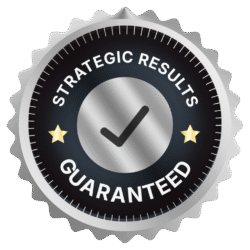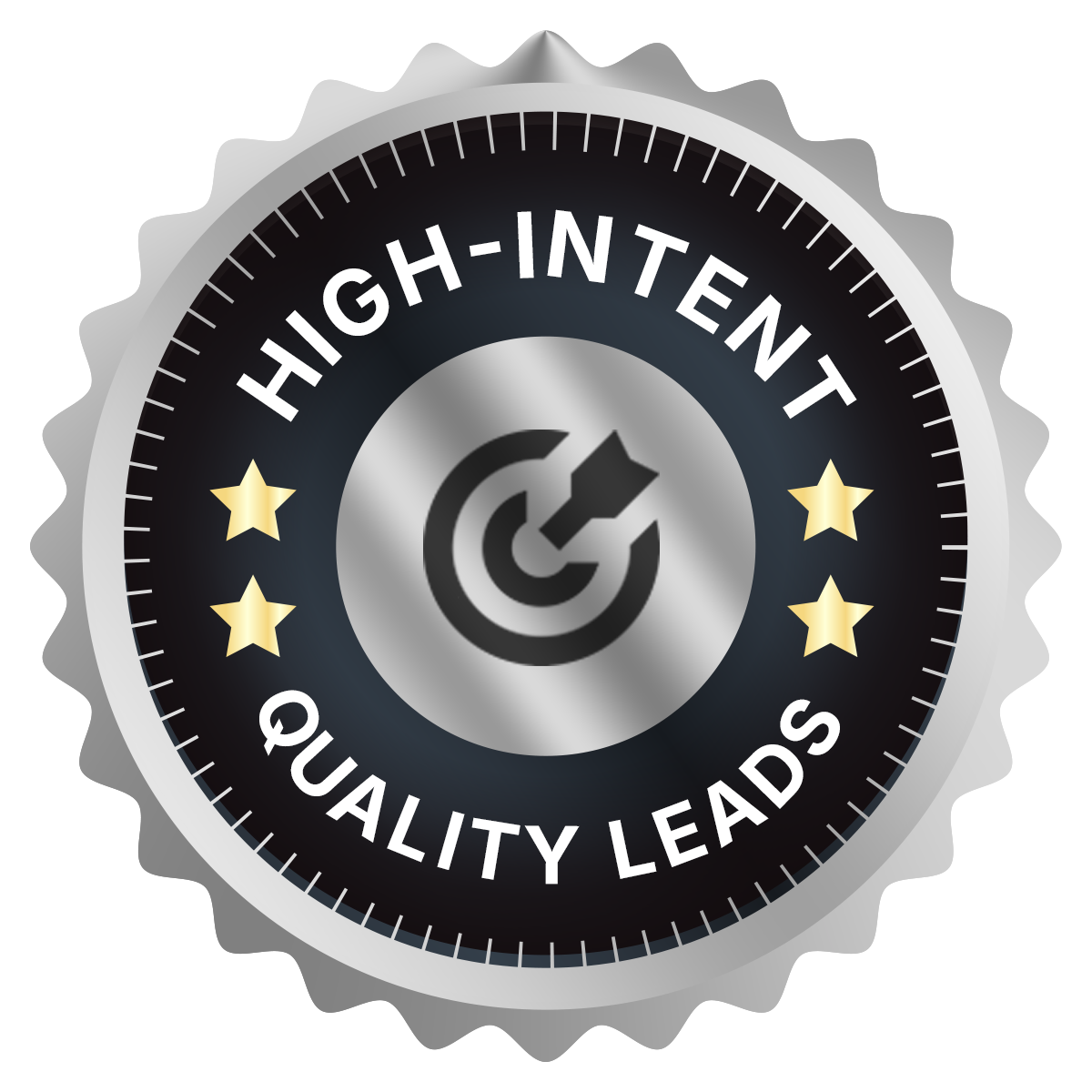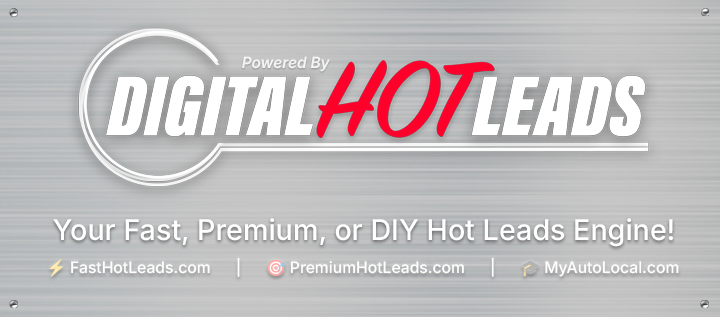Scaling Smart: Building a Long-Term Growth Engine
“Sustainability” is the watchword for businesses that don’t just want a temporary spike in leads but a consistent engine for growth over years, even decades. A premium lead system can kickstart immediate success, but long-term expansion demands strategic scaling—balancing new market entry, operational capacity, and ongoing optimization. In this post, we’ll outline how to build a growth engine that scales smartly: nurturing your foundations, leveraging data-driven insights, and maintaining quality as you expand.
1. Solidifying Your Core Before Expansion
Before pursuing aggressive growth, ensure your primary market and service offerings are rock-solid:
- Master Your Initial Niche
Identify your highest-margin, highest-conversion segment—whether a specific geographic area, a subset of services, or a distinct customer profile. By focusing resources here, you refine your marketing message, perfect operational processes, and build a reliable baseline of performance metrics. - Standardize Your Processes
Document critical workflows—lead reception, qualification, outreach scripts, scheduling, and delivery. Consistency ensures that as lead volume increases, every new team member can deliver the same premium experience. Without standard operating procedures (SOPs), scaling amplifies inefficiencies and erodes quality. - Establish Key Performance Indicators (KPIs)
Determine metrics that reflect both marketing efficiency (cost per lead, conversion rate) and operational health (average delivery times, customer satisfaction scores). Tracking these KPIs from day one sets benchmarks. When KPIs start to slip as you expand, you’ll know exactly where to investigate and intervene.
By fortifying your foundation, you minimize the risk of overextending resources or diluting brand promise during growth phases.
2. Data-Driven Market Expansion
With a proven core, you can use data insights to identify adjacent markets and opportunities:
- Analyze Geographic Performance
Review where your highest-quality leads currently originate. Are certain ZIP codes or neighborhoods consistently converting at higher rates? These areas often share demographic, behavioral, or economic traits that you can replicate in new regions. By expanding into “lookalike” markets, you reduce guesswork and increase the likelihood of replicating success. - Segment by Customer Profile
Within your core market, identify top-performing customer segments—age group, income level, industry sector, or specific pain points. By understanding which profiles yield the best ROI, you can tailor messaging and offerings when entering new audiences with similar characteristics. - Pilot Small-Scale Campaigns
Rather than launching a full-scale expansion, run limited, low-budget tests in a new city or service vertical. Use the same high-intent keywords and nurturing sequences that worked in your core market, adjusting only for relevant local nuances. If the test hits your target KPIs—CPL and conversion rates—scale up; if not, iterate or pivot before committing more resources.
This iterative, data-driven approach ensures that growth decisions are grounded in evidence, not hunches.
3. Building Scalable Infrastructure
As lead volume rises, you need systems that grow alongside demand:
- Automate Where It Matters
Use automation tools for repetitive tasks—lead routing, appointment reminders, and basic follow-up messages. However, preserve human touchpoints at critical junctures (initial high-intent contact, consultative calls). Automating without eroding personalization allows you to handle more leads without ballooning labor costs. - Invest in Scalable Team Structures
Train a core group of “lead specialists” who handle first-touch outreach and qualification. When volume increases, hire additional team members under this same model rather than creating entirely new roles. This homogeneity simplifies onboarding and ensures consistent service standards. - Leverage Flexible Partnerships
In service industries, on-demand partnerships—freelancers, vetted contractors, or subcontractors—allow you to ramp up capacity quickly during peak seasons without long-term payroll commitments. Ensure your contract partners adhere to the same quality benchmarks and are trained on your SOPs. - Maintain Technology Agility
Use cloud-based tools that scale easily—CRMs that support higher contact volumes, email platforms with dynamic list management, and ad management systems with advanced audience segmentation. Avoid legacy platforms that incur steep upgrade costs as you grow.
By building infrastructure that adapts to change, you’re prepared for both rapid spikes and gradual increases in lead flow.
4. Nurturing Quality Amid Quantity
One of the greatest challenges in scaling is preserving lead quality while handling increased volume:
- Refine Targeting Continuously
As you expand, continually revisit your audience profiles. Geographic or demographic brackets that delivered quality leads initially may shift as new competitors enter or local trends evolve. Use ongoing analytics—heatmaps, engagement metrics, conversion ratios—to fine-tune targeting parameters. - Segment Lead Routing
Not all leads merit identical handling. Develop a tiered lead model: “Tier 1” for highest-intent, immediate-service prospects; “Tier 2” for medium-term interest; “Tier 3” for long-term nurturing. Route each tier through customized workflows—ensuring high-intent leads get priority attention from senior reps, while lower tiers receive educational content until they’re ready to convert. - Implement Regular Quality Audits
Sample lead batches weekly for manual review—assess accuracy of initial form responses, evaluate follow-up timeliness, and measure conversation-to-conversion rates. When quality dips, pinpoint which stage—capture, qualification, or delivery—requires adjustment. - Retain Brand Standards
As you hire or partner with additional service providers, ensure everyone follows the same brand guidelines—customer communication templates, dress code, follow-up protocols. Consistency across personnel upholds the premium brand promise, preventing quality from eroding as you scale.
Scaling doesn’t mean flooding your funnel indiscriminately; it’s about precision expansion to meet growing demand without sacrificing excellence.
5. Leveraging Customer Lifetime Value (CLV) for Sustainable Growth
Focusing solely on acquiring new customers can be costly; true growth engine thinking emphasizes the lifetime value of every client:
- Onboarding and Engagement
After the first sale, implement a structured onboarding funnel—welcome messages, educational content, proactive check-ins—to ensure positive initial experiences. An engaged customer is more likely to return and refer others. - Upsell and Cross-Sell Strategically
Analyze purchase history to identify complementary services or upgrades. If someone buys a basic maintenance package, present a premium membership with enhanced benefits. Tailor recommendations based on past behaviors and satisfaction scores rather than generic upsell prompts. - Loyalty and Referral Incentives
Offer slippery but prestige-driven loyalty programs—exclusive early access to new features, member-only events, or premium support tiers. Encourage referrals through carefully structured rewards—discounts on future services, charitable donations in their name, or VIP experiences. Word-of-mouth from satisfied premium customers is one of the most efficient growth drivers. - Churn Prevention through Proactive Support
Monitor customer health signals—service usage frequency, support request volume, or NPS surveys—to identify at-risk clients. Reach out proactively with value-add resources, service tweaks, or personalized check-ins. Preventing churn sustains revenue and multiplies the ROI of initial acquisition costs.
By maximizing each customer’s lifetime value, you transform one-time transactions into enduring revenue streams.
6. Continuous Feedback Loops for Ongoing Improvement
To sustain a scalable growth engine, you must remain agile and responsive:
- Regular Performance Reviews
Monthly or quarterly deep dives into funnel metrics—lead quality by source, conversion rates by campaign, CLV by segment—highlight trends. Use these insights to shift resources: pause underperforming campaigns, double down on emerging high-potential channels, or tweak messaging based on changing customer pain points. - Customer Advisory Panels
Invite a small group of top-tier clients to provide feedback on new service ideas, pricing models, or marketing messages. Their insights ground your growth strategies in real-world needs and reinforce their sense of partnership. - Competitive Analysis
Keep a watchful eye on competitors’ moves—new offerings, adjusted pricing, promotional tactics—and assess whether these shifts indicate broader market changes. Staying attuned prevents you from falling behind and helps you identify opportunities to differentiate further. - Experimentation Culture
Allocate a small percentage of budget to “growth experiments”—A/B tests, pilot programs, or emerging platform trials. Some will fail, but those that succeed can provide outsized returns and novel pathways to scale.
Continuous feedback and iteration keep your growth engine finely tuned, ensuring long-term success rather than short-lived spikes.
Final Thoughts
Scaling smart is about building a growth engine—not simply chasing higher numbers. By fortifying your core, expanding into adjacent markets using data, constructing scalable infrastructure, maintaining lead quality, maximizing lifetime value, and embracing continuous feedback, you create a self-sustaining cycle of growth. A premium lead system lays the groundwork, but strategic scaling transforms a short-term boost in inquiries into enduring expansion.
Use these principles to guide your long-term strategy. Focus on precision over speed, relationships over transactions, and adaptability over rigidity. By doing so, you’ll not only grow your customer base, but also reinforce your premium brand promise—ensuring that every new lead receives the high-caliber experience they expect, even as you expand.









